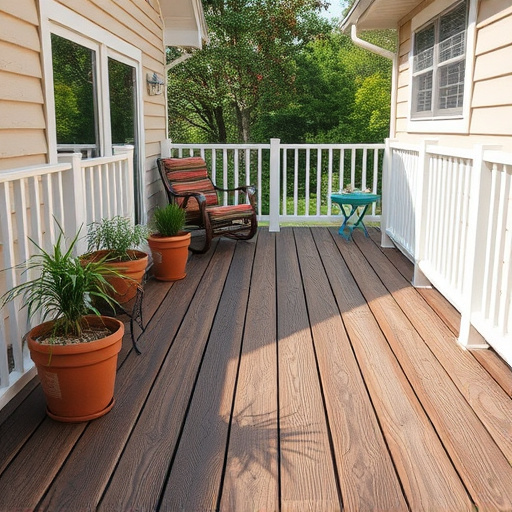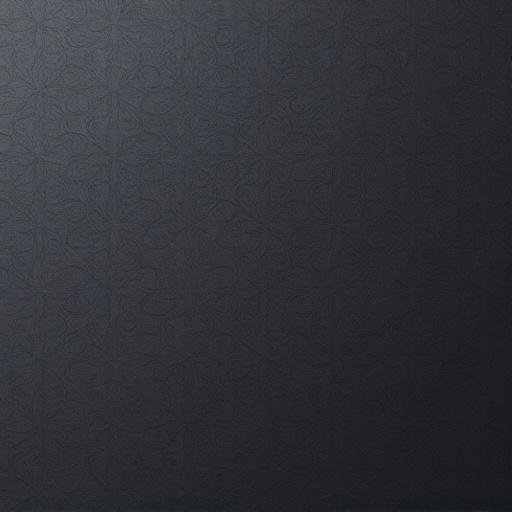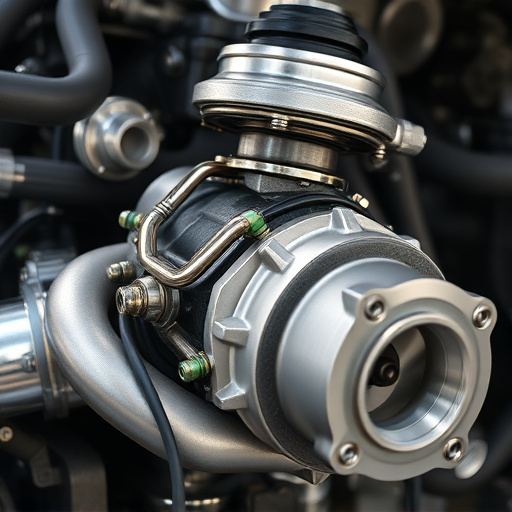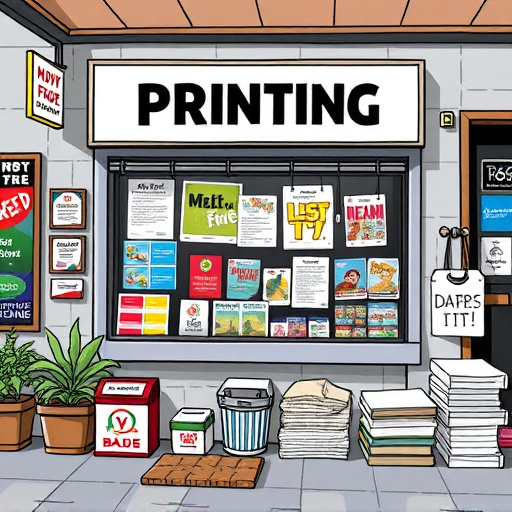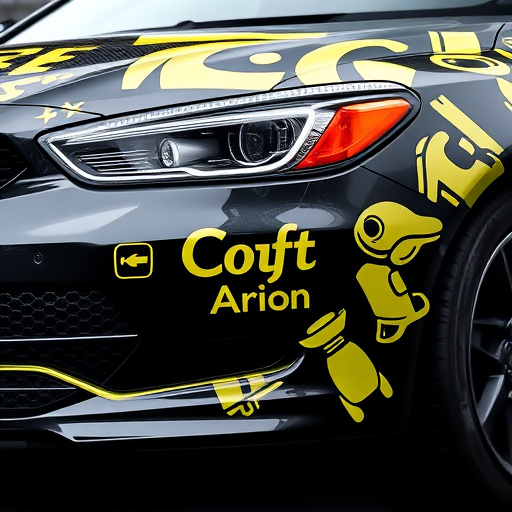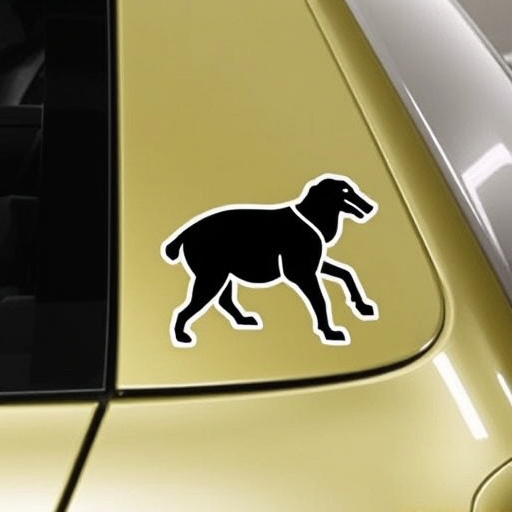Heat rejection tinting, using nano-ceramic coatings, reflects heat and infrared radiation, enhancing energy efficiency in buildings and vehicles. It reduces interior temperatures, prolongs AC system lifespans, offers custom graphics, and improves driver visibility while providing aesthetic benefits for both residential and automotive applications.
Explore the cutting-edge of window technology with heat rejection tinting, a revolutionary approach to enhancing vehicle and building comfort. This advanced technique utilizes nano-ceramic particles to block harmful UV rays and significantly reduce interior heating, providing a cooler, more comfortable environment. In this article, we delve into the science behind heat rejection tinting, explore its transformative impact on modern windows, and uncover its diverse applications that promise a brighter, calmer future.
- Understanding Heat Rejection Tinting: A Deep Dive
- Advanced Nano-Ceramic Technology: Revolutionizing Windows
- Benefits and Applications of Heat-Rejection Film
Understanding Heat Rejection Tinting: A Deep Dive

Heat rejection tinting is a cutting-edge technology that has revolutionized the way we approach window treatments in vehicles and buildings. This innovative process involves applying advanced nano-ceramic coatings to glass surfaces, enabling them to reflect heat and reduce interior temperature. Unlike traditional tinting methods, which primarily block visible light, heat rejection tinting targets infrared radiation, ensuring passengers remain cool and comfortable even under intense sunlight.
The technology works by incorporating microscopic ceramic particles into a specialized paint or protective coating. These nanoparticles are designed to interact with heat energy, deflecting it away from the interior space. This not only improves energy efficiency but also extends the life of the vehicle’s air conditioning system. Additionally, custom graphics and designs can be seamlessly integrated into these protective coatings, offering both functionality and aesthetic appeal.
Advanced Nano-Ceramic Technology: Revolutionizing Windows
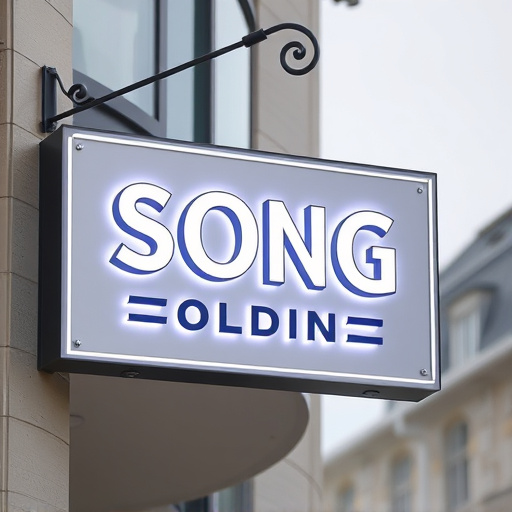
Advanced Nano-Ceramic Technology is transforming the way we think about windows—specifically, their functionality and performance. This cutting-edge innovation in heat rejection tinting offers unparalleled benefits for both residential and automotive detailing applications. By employing a sophisticated combination of nano-sized ceramics, this technology creates a highly efficient barrier that reflects heat and UV rays, significantly enhancing vehicle enhancement and comfort.
Unlike traditional vinyl wraps or simple tints, Advanced Nano-Ceramic Technology provides a multi-layered protective shield. Its gossamer yet robust structure not only blocks harmful rays but also improves the overall aesthetics of windows. This game-changing approach to window treatment promises a revolution in the field of automotive detailing, offering both style and substance for those seeking vehicle enhancement solutions.
Benefits and Applications of Heat-Rejection Film

Heat rejection tinting using advanced nano-ceramic technology offers a multitude of benefits that transform windows from simple transparent barriers to dynamic components in modern buildings and vehicles. This innovative solution is designed to actively manage heat transfer, providing optimal interior comfort while enhancing energy efficiency. By absorbing and reconfiguring heat energy, these films significantly reduce solar heat gain, which translates into lower air conditioning costs and improved building performance.
The applications of heat rejection tinting are vast. In automotive settings, it enhances driver visibility and passenger comfort during hot climates, ensuring a pleasant driving experience. For architectural purposes, protective coatings with heat rejection properties can be applied to windows, offering a stylish aesthetic alongside substantial energy savings. Moreover, custom graphics can be incorporated into these films, allowing for artistic expression while maintaining the practical advantages of heat rejection tinting.
Heat rejection tinting, powered by advanced nano-ceramic technology, is transforming the way we think about window functionality. By offering unparalleled solar control and energy efficiency, this innovative solution not only reduces interior temperature but also minimizes fading and creates a more comfortable living or working environment. As global awareness of sustainability grows, heat rejection tinting with nano-ceramic coatings emerges as a game-changer in architectural design, promising a brighter, cooler future for both residential and commercial spaces.
